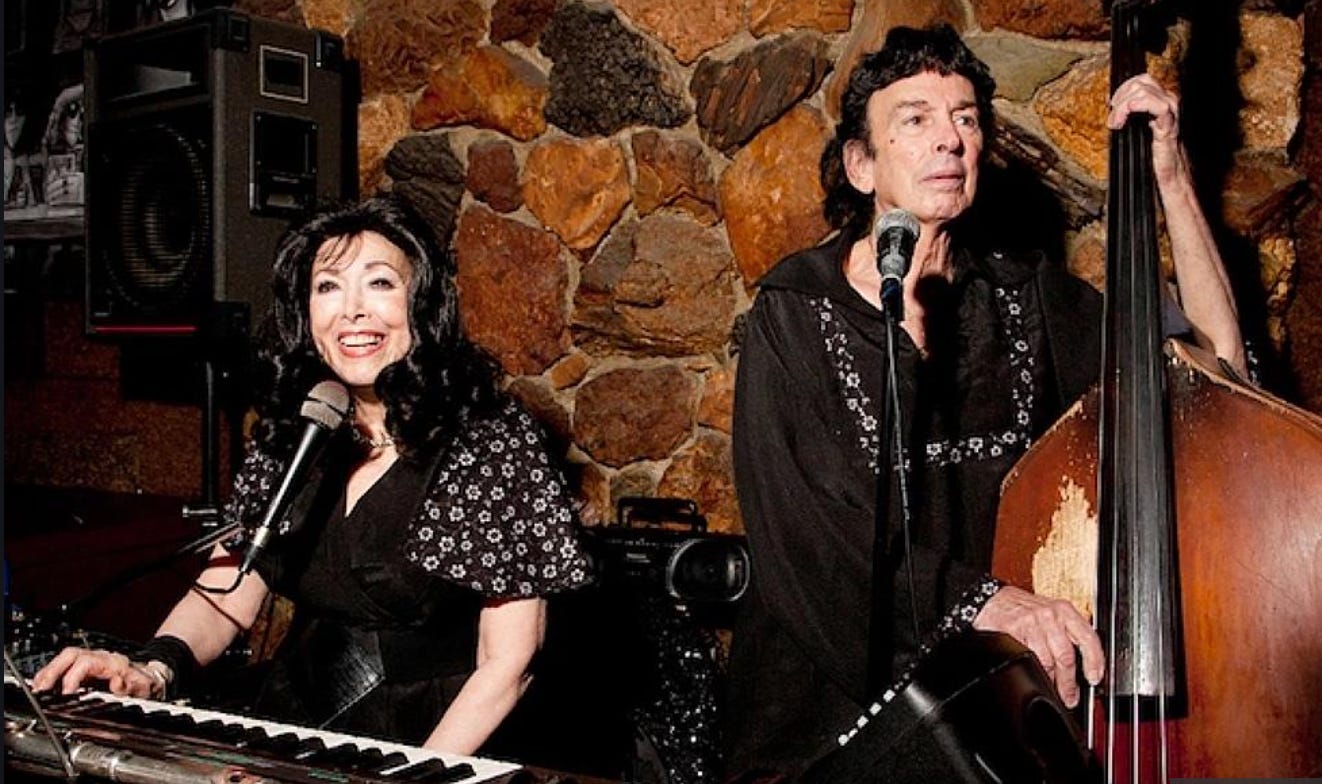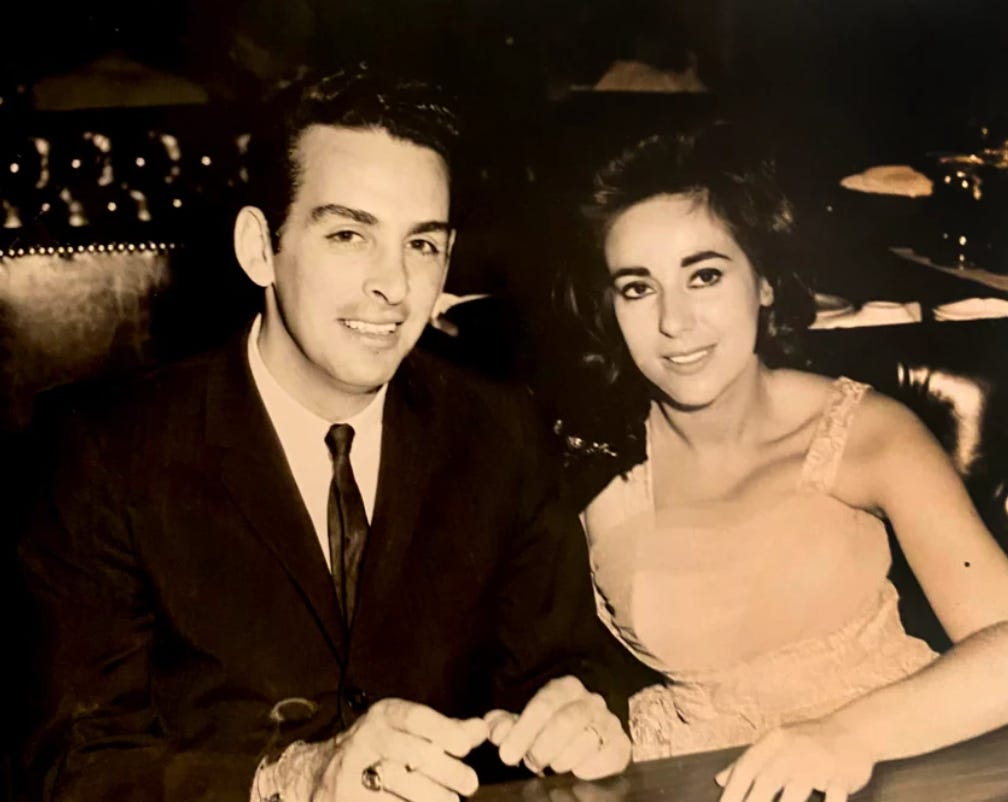Marty Roberts, 1932-2022
"Let's meet at the Dresden," is what one or the other of us would say, when we were back in LA, the place we grew up and started careers and got married and had babies.
"Mom, when was the first time I went to the Dresden?" my daughter asked last night. Fourteen, I told her, not to the lounge-side with its Flintstones-like rock wall, but the restaurant, to eat a lunch of sand dabs and Cobb salad in a puffy high-back booth. We were at the time leaving LA and I felt it important that she see the Dresden, see how it is always 1971 there.
I could write forever and never finish telling you what happened in LA, because even when you are no longer there, you are there. Los Angeles has this trick she does, she colonizes a little part of you, you will be going through your day in Miami or Brooklyn or London and all of a sudden the mural of Elizabeth Taylor and James Dean in the 101 underpass east of Cahuenga is in your head, or the painting on the Hollywood flats bodega of the boy with the thought bubble, I'd like to eat some cereal. There is comfort in consistency, in Los Angeles's insinuation that we can forever be the people we were then. This will remain the case despite someone we all spent time with, who we saw each time we dipped back to Los Angeles, dying last week at the age of 89.
We learned yesterday of Marty Robbins death' from friends, who texted and DM'ed and tweeted "total legend." We read the LA Times obituary and learned that Marty was a massive Frank Sinatra fan; that he and Elayne met in 1970, when he was 38 and she, 16. That they played the Dresden Room - Elayne on piano and flute, Marty on drums and stand-up bass - six nights a week for forty years. They were a mainstay of the lives we lived at night, looking the same, singing the same songs. They outlasted many of our parents and in some cases, were more reliable. We knew they'd be there when we showed up and in this way, seemed immortal.
"I had always hoped they were vampires, so goth with their dyed black hair and homemade matching black sequin polyester jumpsuits," said Jane Cantillon. "Marty was the original lounge lizard who single-handedly brought back words like 'groovy' and 'hep cat' and 'grass,' because since the 60s, he never stopped using them."
A chanteuse herself, Jane and her husband for six years worked the Dresden when Marty and Elayne took their nights off. She remembers Marty inviting people to hang out in his "office" between sets. "That was his code word for standing around the hood of their late model Cadillac in the parking lot behind the Dresden," she said. "He’d return to the piano bar and sing Sinatra tunes without missing a beat. Then he’d bring singers up like myself to croon; he was incredibly generous with all of the amateurs. I feel like the piano bar scene has officially died with the loss of Marty Roberts."
But it's Los Angeles, where things do not die because we do not want them to, where on Hollywood Boulevard each morning they wheel out a life-size statue of Marilyn Monroe, where a longtime friend yesterday showed how Marty might stay part of the terra firma, how we will see each other at the Dresden still.



Cross-posted at Paloma Media. Please join us there!






